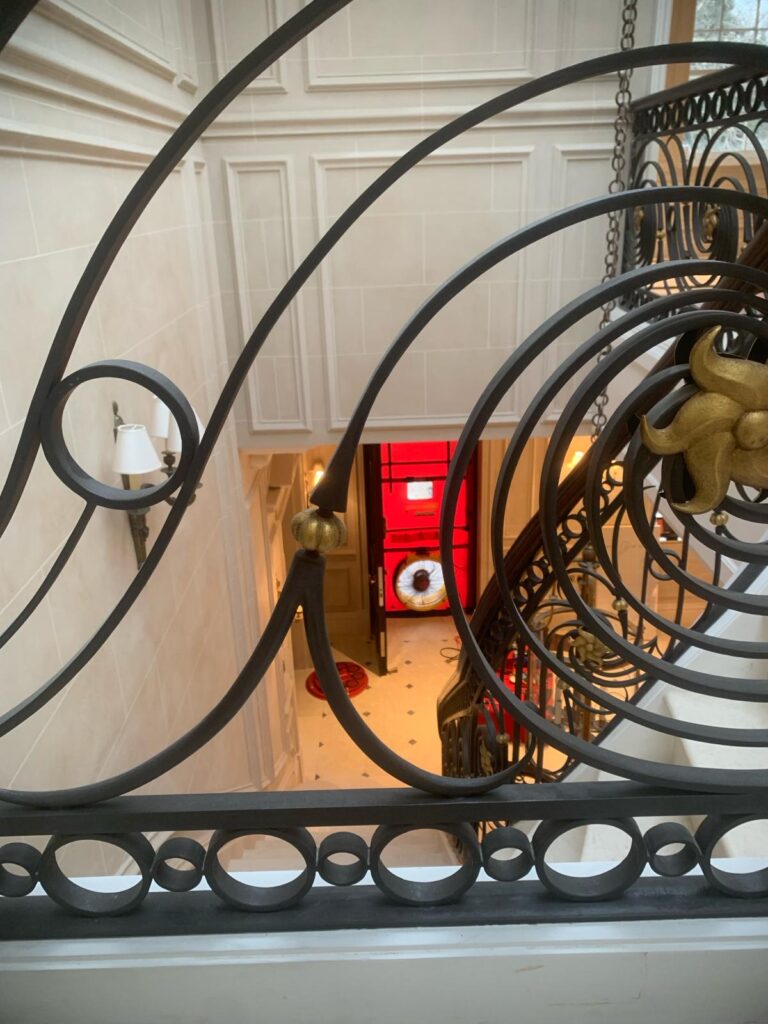Fan Flow Rate Testing
The provision of background ventilation via through-wall ventilators and window trickle ventilators is a cost-effective, non-mechanical means of introducing fresh outdoor air into the home. Easy to operate and fully controllable, natural background ventilators dilute and remove airborne pollutants, odours, and moisture to reduce the risk of mould growth, which can be hazardous to health.
Approved Document Part F
Building Regulations, Approved Document Part F (2021 edition England and Wales) for work and planning applications after 15 June 2023.
This update took effect on 23 November 2022. Not including work subject to a building notice, completed planning applications or initial notice submitted before that date, provided the work for each building had started before 23 November 2023. Both the 2010 and 2022 regulations are outlined below.
For detailed guidance, refer to the full versions of the Approved Document Part F.
What We Do
We predominately test Natural Ventilation with background Ventilators and Intermittent Extract fans (previously System 1).
General
This guidance is for less airtight homes with a design air permeability higher than 5m³/(h¹·m²) @ 50 Pa or for homes with an As-Built air permeability higher than 3m³/(h¹·m²) @ 50 Pa.
Install background ventilators in all rooms with external walls. The minimum total area of background ventilators required in each room is given in the Approved Document Part F, page 15, Table 1.7 Minimum equivalent area of background ventilators for natural ventilation.
Provide a minimum of five ventilators in a dwelling with more than one bedroom and a minimum of four ventilators in a dwelling with just one bedroom.
If the dwelling has an open-plan kitchen and living room, provide at least three ventilators in the same area as other habitable rooms in the open-plan space.
Where possible, promote cross-ventilation with background ventilation of a similar area on each facade.
Fit noise-attenuating ventilators on exposed facades close to areas of continuous noise, such as main roads.
To reduce draughts, position background ventilators at least 1.7m above the floor level within reach of the occupants.
Note: Background ventilators should be left in the open position.
Cost-Effective and Efficient
To add more value to our service, we conduct ventilation testing in conjunction with air permeability tests. This approach is not only more cost-effective but also minimise the disruption to your building process.
Technical Expertise
The size of the fan should consider the room size and not necessarily the minimum required by Part F of the Building Regulations.
Fan manufacturers will often state the extract rate of their product in metres cubed per hour (m³/h) rather than litres per second (l/s) to convert from m³/h to l/s first calculate the area of the room.
(1l/s = 3.6m³/h).
Width 2.7m x length 2.55m x height 2.25m = 15.49m³
ACH required = 10 (Bathroom ACH 6 – 10 based on Vent-Axia’s guidelines).
10 x 15.49 = 154.9m³/h
Divide 154.9m³/h by 3.6 = 43.0l/s

Part F FAQs
We have prepared a list of Frequently Asked Questions (FAQs) related to Fan Flow Rate Testing, also known as Part F. Should you have any further questions, please do not hesitate to contact us for discussion.
Can background ventilators be installed through a wall instead of trickle ventilators in windows to meet the Part F requirements?
Ventilation can be provided through any appropriate means. Installing a background ventilator through a wall that offers the equivalent areas described in Approved Document F, volume 1, can be an acceptable route to compliance.
What do I need to do if I already have a wall ventilator in my room?
When replacing a window in a room where a wall ventilator already exists and meets the minimum equivalent areas in Approved Document F, volume 1, no further background ventilation needs to be added.
Where an open-flued appliance is in the room, permanently open-air vents should supply the air for combustion. These air vents are there to meet Part J requirements. However, they should not be considered existing ventilation for Part F, so extra vents should be installed.
Is a window with night-vent capability suitable for background ventilation when replacing windows?
Providing a night vent (also called a night latch) where a window can be locked slightly ajar is not an appropriate background ventilation solution. This is because windows locked on the night latch do not provide a sufficiently secure means of background ventilation.
When replacing windows, can the Building Regulations requirements be met through a homeowner signing a disclaimer that they will install background ventilation at a future date or that they do not wish to have any installed?
All requirements must be met for work to comply with the Building Regulations.
Members of competent person schemes self-certify that their work complies with the relevant requirements of the Building Regulations, including Regulation 4(3). However, a member of a competent person scheme can only certify that the work complies with the Building Regulations, which includes the requirement that the work does not make ventilation for the building less satisfactory.
A disclaimer signed by the homeowner stating that they do not wish to have background ventilators or that they will be installed in future is not a suitable way of complying with the Building Regulations. Work must comply with the Building Regulations, and competent person schemes must monitor their registrants and act against any registrant who has done non-compliant work.
Purchasing an indemnity policy is also not a suitable alternative to fully meeting the requirements of the Building Regulations.
Will trickle ventilators allow noise and air pollution into homes?
Without good ventilation, more substances in the air can harm people. This includes pollutants from cooking, cleaning products, hygiene products, and fabric furnishings. Ventilation is necessary to dilute pollutants generated inside the home, but outdoor air quality significantly affects indoor air quality. There is also a high risk of mould in poorly ventilated homes.
Approved Document F, volume 1 describes how ventilation systems should be designed to minimise the intake of external air pollutants by locating ventilation intakes away from the direct impact of local pollution sources. Guidance on minimising the intake of external pollutants can be found in paragraphs 2.2 to 2.9 of Approved Document F, volume 1. Trickle ventilators can be located on the less polluted side of the building to reduce outdoor air pollution.
We appreciate that noise may be an issue with façades facing noisy environments. In these circumstances, as outlined in paragraph 1.54 of Approved Document F, volume 1, we recommend that noise-attenuating background ventilators be fitted.
